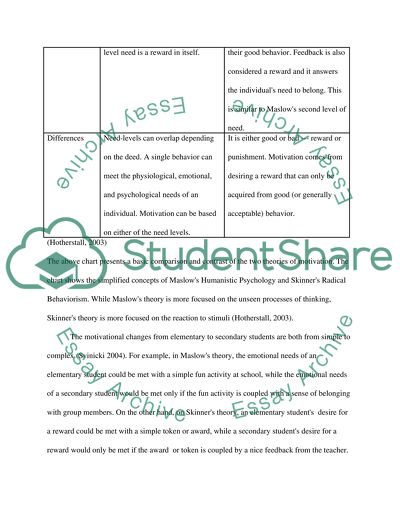Cite this document
(“Maslow vs Skinner: Theories of Motivation Essay”, n.d.)
Retrieved de https://studentshare.org/psychology/1434661-maslow-vs-skinner
Retrieved de https://studentshare.org/psychology/1434661-maslow-vs-skinner
(Maslow Vs Skinner: Theories of Motivation Essay)
https://studentshare.org/psychology/1434661-maslow-vs-skinner.
https://studentshare.org/psychology/1434661-maslow-vs-skinner.
“Maslow Vs Skinner: Theories of Motivation Essay”, n.d. https://studentshare.org/psychology/1434661-maslow-vs-skinner.


